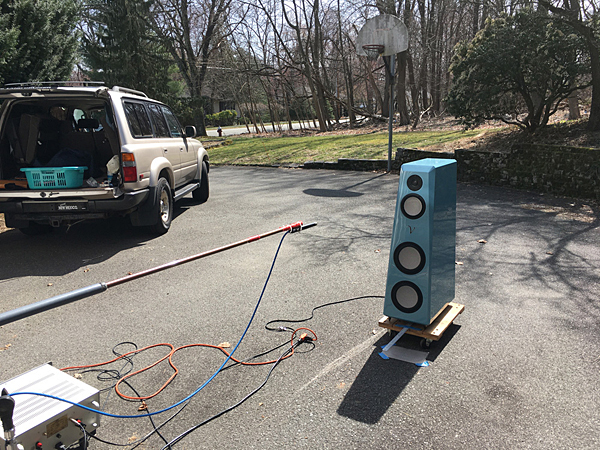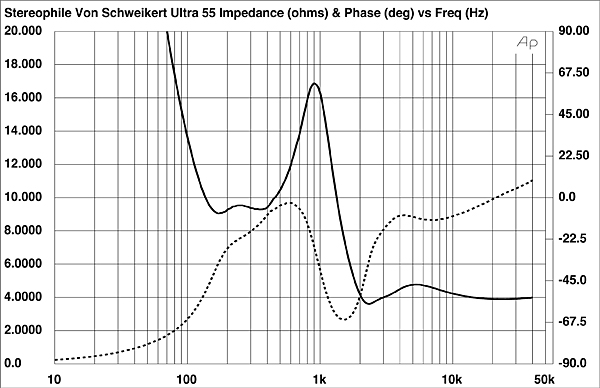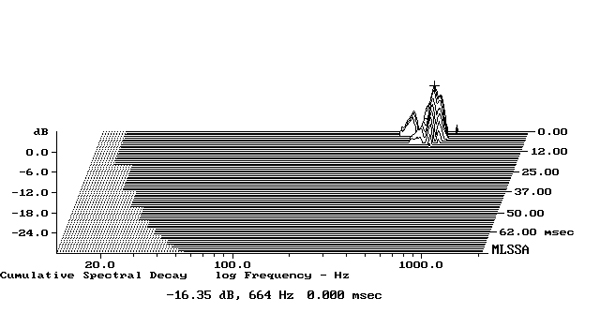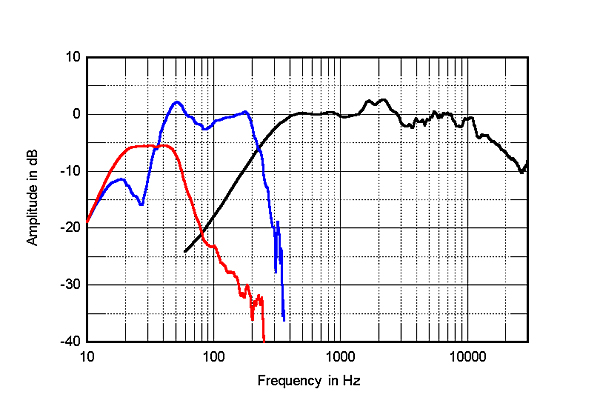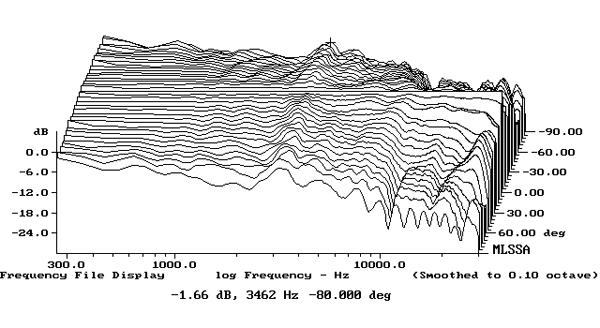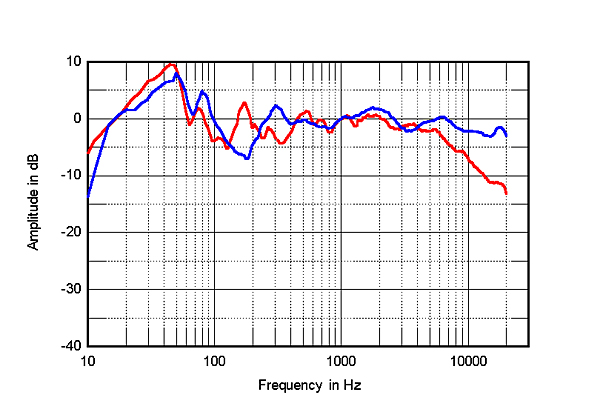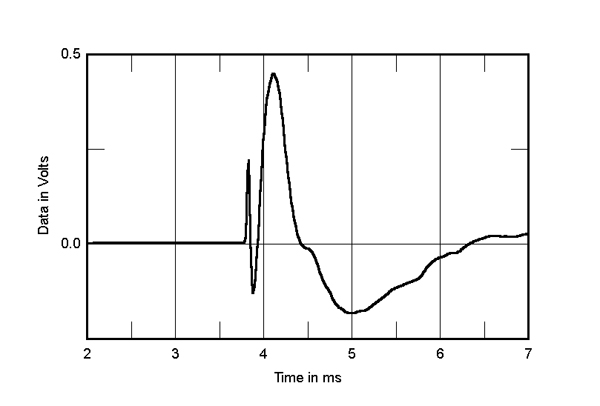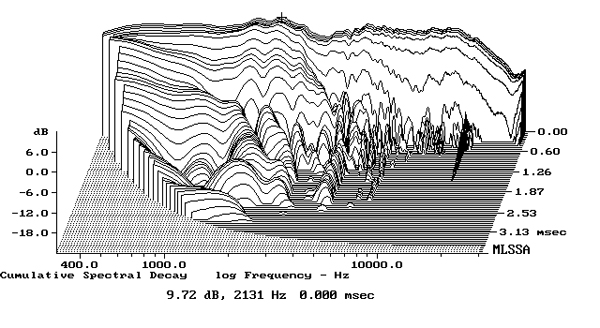| Columns Retired Columns & Blogs |
Actually, only the 7th Symphony has been recorded at the Centro Cultural Kirchner (07/2019). I was lucky enough to be present there the very same night this concert was recorded. The hall has got a fantastic sound, the orchestra never sounds dull, muffled or thick. On the contrary, all instruments are clearly presented and the bass is strong but never overwhelming. The Triple concerto was recorded in a whole different venue, in a whole different continent, Europe, three months later, on occasion of the 20th birthday of the East-Western Divan Orchestra (10/2019). The hall is the Berlin Philharmonie. To my ears, in spite of the outstanding sonic qualities of the Ballena Azul at CCK, the recording made at Berlin sounds much better than the one made in Buenos Aires.
